Parabolic Trough Solar Collector CFD Tutorial ,Non-uniform Heat Flux UDF with ANSYS Fluent
Parabolic Trough Solar Collector CFD Tutorial ,Non-uniform Heat Flux UDF with ANSYS Fluent
- Upon ordering this product, you will be provided with a geometry file, a mesh file, and an in-depth Training Video that offers a step-by-step training on the simulation process.
- For any more inquiries regarding the product, please do not hesitate to reach out to us at info@CFDLAND.com or through our online support assistant.
€200 Original price was: €200.€125Current price is: €125.
A Parabolic Trough Solar Collector is a cornerstone technology in the field of Concentrated Solar Power (CSP), designed to harness the sun’s energy for large-scale heat and electricity generation. These systems use a long, mirrored parabolic trough to focus sunlight onto a central receiver tube. A working fluid flowing through this tube absorbs the intense thermal energy, becoming hot enough to generate steam for industrial processes or to drive a turbine. The engineering challenge lies in the nature of the solar heating: it is highly concentrated and, due to the geometry, creates a very non-uniform temperature distribution around the receiver tube.

Figure 1 – Schematic diagram of the parabolic solar trough collector system.
Accurately predicting this complex thermal behavior is crucial for optimizing collector efficiency and ensuring structural integrity. This is where a Parabolic Trough Solar Collector CFD simulation becomes an indispensable tool. It allows engineers to analyze heat transfer performance without the cost and complexity of physical experiments. This project details a CFD analysis of a Parabolic Trough Collector Fluent model. To ensure a high degree of realism, the simulation will implement a Non-uniform heat flux UDF based on the data provided in the reference paper, “Performance analysis of a parabolic trough solar collector with non-uniform solar flux conditions [1]”, to accurately model the effect of concentrated sunlight.
- Reference [1]: Wang, Yanjuan, et al. “Performance analysis of a parabolic trough solar collector with non-uniform solar flux conditions.” International Journal of Heat and Mass Transfer82 (2015): 236-249.
- Reference [2]: Wang, Jinping, et al. “Performance simulation comparison for parabolic trough solar collectors in China.” International Journal of Photoenergy1 (2016): 9260943.
Simulation Process – How to Set Up the Parabolic Trough in Fluent
The simulation was performed on a 2D geometry representing the receiver tube and the surrounding fluid domain. A high-quality, fine mesh was generated, especially near the tube surface, to accurately capture the steep thermal and velocity gradients in the boundary layer. The core of this simulation was the setup in ANSYS Fluent, where several key models were combined to create a high-fidelity model. The Discrete Ordinates (DO) radiation model was activated to account for the radiative heat transfer from the hot receiver tube to the surrounding environment, which is a significant mode of heat loss.
The most critical component of this Non-uniform heat flux CFD simulation was the use of a custom User-Defined Function (UDF). A simple, uniform heat boundary condition would be inaccurate for this application. Therefore, a UDF was written in C code to apply a specific, non-uniform heat flux profile onto the outer wall of the receiver tube, precisely matching the irradiation profile shown in Figure 2. This custom function is what makes the simulation a realistic representation of a parabolic trough system, allowing for an accurate analysis of the resulting thermal and fluid dynamic effects.
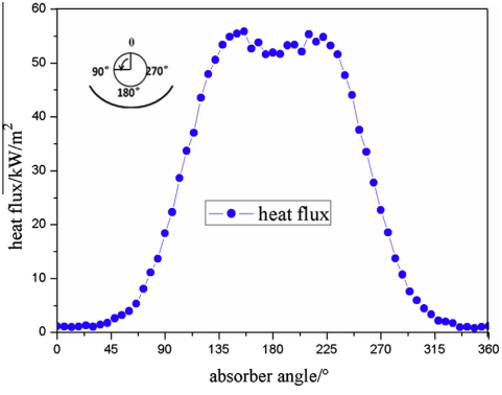
Figure 2- The non-uniform irradiation profile applied to the receiver tube via the custom UDF.
Post-processing – CFD Analysis of Solar Trough Collector
The temperature distribution shown in Figure 4 confirms the successful implementation of our advanced modeling approach. The Non-uniform heat flux UDF correctly applies the highest thermal load to the bottom surface of the receiver tube, mimicking the focal point of the parabolic mirror. This results in a distinct hot spot, with the surface temperature peaking where the solar energy is most concentrated. The contour clearly shows heat radiating and convecting away from the tube into the surrounding air, with the DO radiation model accurately accounting for the radiative component of this heat loss. The analysis of the temperature field is crucial for understanding the collector’s efficiency, as any heat lost to the environment is energy that is not transferred to the working fluid inside the tube.
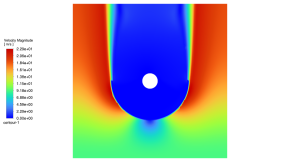
Figure 3: Velocity distribution showing the thermal plume created by natural convection from the hot receiver tube.
The velocity field in Figure 3 reveals the direct consequence of this intense, localized heating. The air in contact with the hot receiver tube becomes less dense and rises due to natural convection. This thermal buoyancy creates a distinct upward plume of moving air, with the simulation showing a maximum velocity of 22.9 m/s in the rising column. Directly behind the tube, a wake region with very low velocity is formed. This detailed flow pattern analysis, made possible by the Parabolic Trough Collector Fluent simulation, is vital for calculating the convective heat transfer coefficient. By quantifying both the convective flow and the radiative heat transfer, engineers can accurately predict the total heat loss from the receiver, allowing them to optimize insulation and collector design to maximize overall system efficiency.

Figure 4- Temperature distribution from the Parabolic Trough Solar Collector CFD analysis, showing the hot spot created by the UDF.
We pride ourselves on presenting unique products at CFDLAND. We stand out for our scientific rigor and validity. Our products are not based on guesswork or theoretical assumptions like many others. Instead, most of our products are validated using experimental or numerical data from valued scientific journals. Even if direct validation isn’t possible, we build our models and assumptions on the latest research, typically using reference articles to approximate reality.
Yes, we’ll be here . If you have trouble loading files, having technical problems, or have any questions about how to use our products, our technical support team is here to help.
You can load geometry and mesh files, as well as case and data files, using any version of ANSYS Fluent.
€295 Original price was: €295.€175Current price is: €175.

€245 Original price was: €245.€185Current price is: €185.

€245 Original price was: €245.€199Current price is: €199.

€245 Original price was: €245.€185Current price is: €185.

€280 Original price was: €280.€145Current price is: €145.

€240 Original price was: €240.€135Current price is: €135.














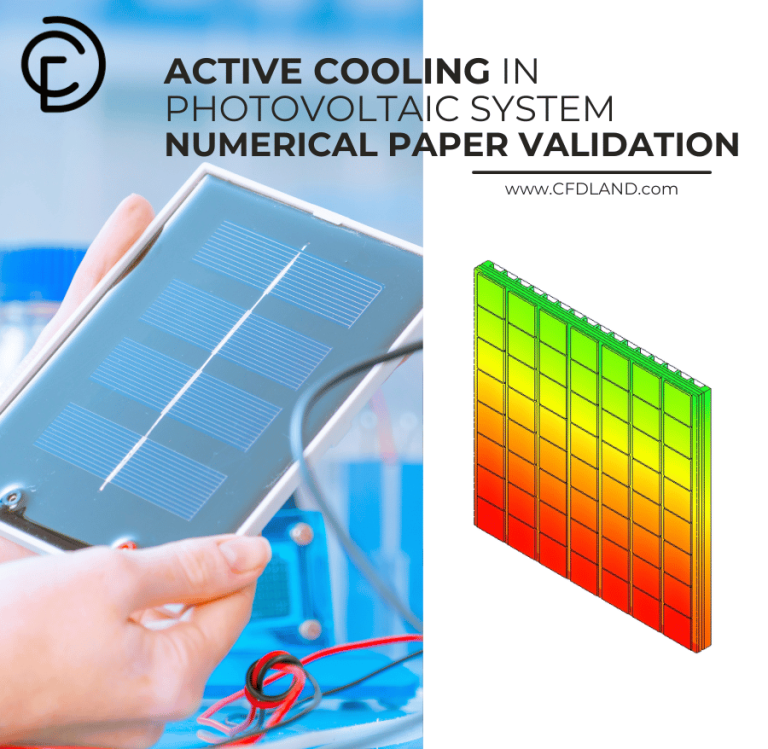
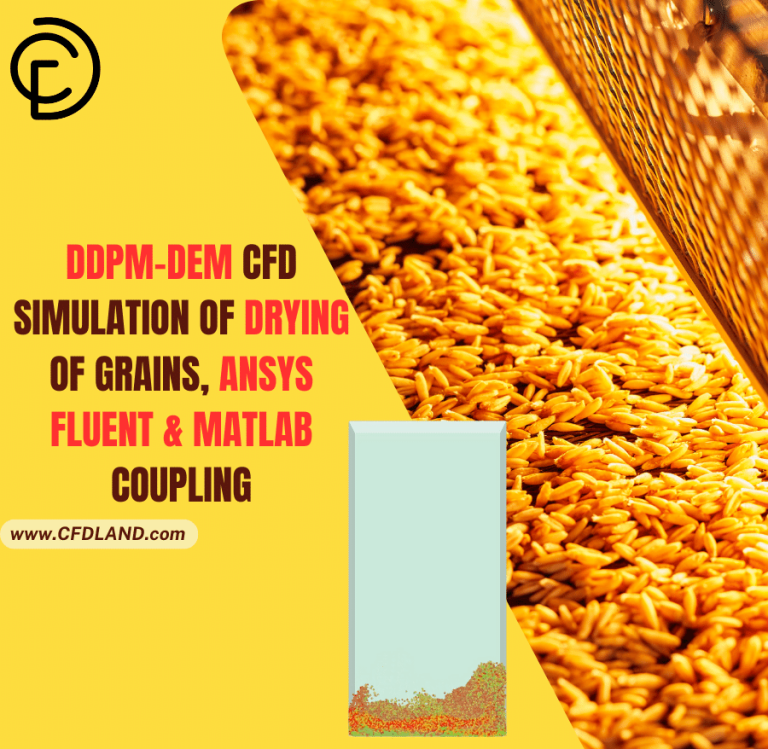


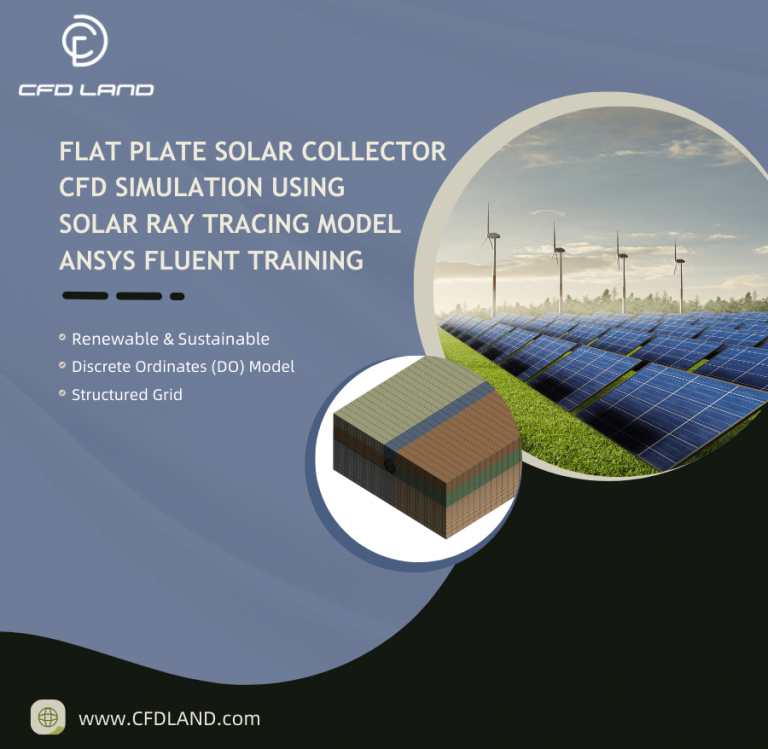
Reviews
There are no reviews yet.